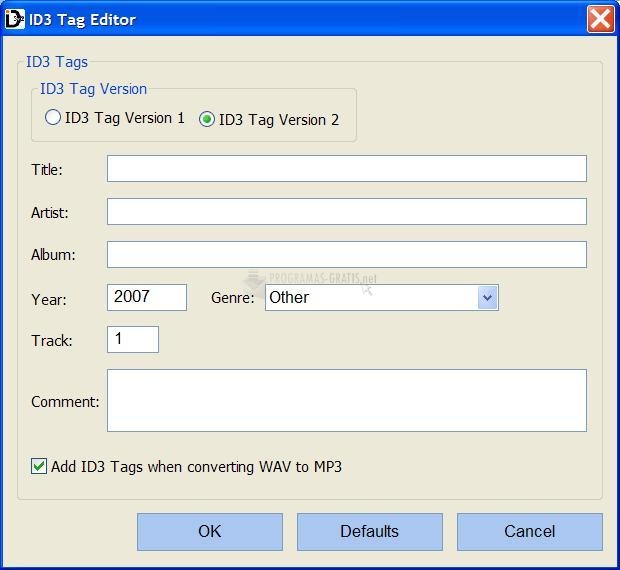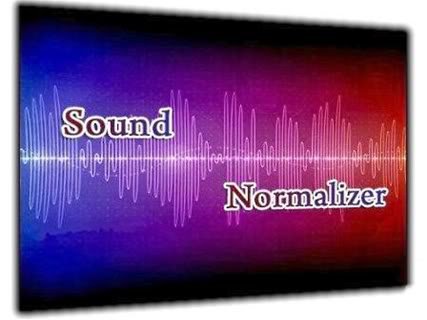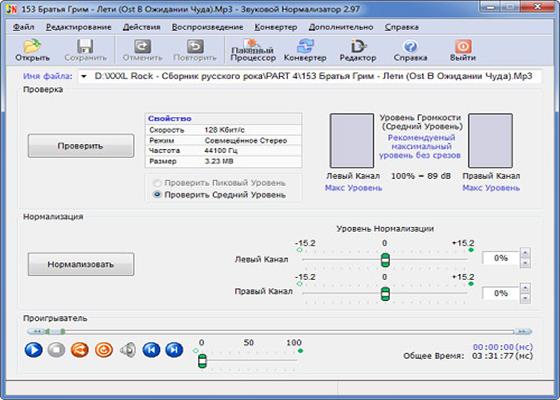

- #Sound normalizer bad for gaming install#
- #Sound normalizer bad for gaming drivers#
- #Sound normalizer bad for gaming full#

Razer’s free implementation of THX Spatial Audio mostly shines when you play one of the games with a pre-built THX profile.

Turning on THX Spatial Audio in Razer Synapse 3 doesn’t do a ton (it creates a slightly wider-sounding soundstage, I suppose) without some tweaking - unfortunately, the actual THX Spatial Audio app is a separate $19.99 purchase. The BlackShark V2 Pro also features THX Spatial Audio for a more immersive surround-sound experience. Of course, I’m also not even a moderately competitive esports gamer - these settings make more sense if you’re going for an edge in competition rather than an immersive gaming experience. I ended up tweaking some of the esports EQs, because I don’t need to hear footsteps that well in CS:GO. The headset doesn’t have a notably impressive soundstage, but games still sounded very good, especially with the preset EQ settings (though some of the settings were a bit too performance-focused). My husband, who mainly listens to classical music, preferred this headset over both the SteelSeries Arctis Nova Pro and the Audeze Maxwell - so there’s definitely an audience for the BlackShark V2 Pro’s (tweaked) sound profile.
#Sound normalizer bad for gaming full#
But K-931’s Lonely World, which is a very mid-range heavy song, sounded great - the mids are very full and warm (without sounding too warm). Bass was plenty loud and deep, though it lacked a little punch, in Kaskade’s POW POW POW, and the highs in David Guetta’s Titanium (feat.
#Sound normalizer bad for gaming drivers#
Once you’re out of the BlackShark V2 Pro’s default EQ profile, music sounds pretty good - though the drivers are more mid-heavy than I typically prefer. It doesn’t do quite as good a job of preventing leakage, however - my husband could easily hear me playing video games (“for work,” as he put it - air quotes and all) from several feet away. It did such a good job that I almost felt a little too closed in by the sound, especially since the headset’s volume levels go pretty high. The BlackShark V2 Pro does an excellent job of passive noise cancellation - at least for the user - despite its mesh-fabric-covered earcups. But all of these presets can be tweaked to your liking, so I’d recommend installing the software at some point.
#Sound normalizer bad for gaming install#
Razer does include four default EQ presets (including a flat, custom preset) as well as five game-ready presets for Apex Legends, Call of Duty, CS:GO, Fortnite, and Valorant, however, so you won’t need to install Razer’s Synapse 3 immediately if you want to unbox and start playing. The SteelSeries Arctis Nova Pro has a wireless frequency range of 10 - 22,000 Hz (and a wired frequency range of 10 - 40,000 Hz), while the Audeze Maxwell has a wireless frequency range of 10 - 50,000 Hz).Īs we mentioned in our first BlackShark V2 Pro review, these drivers aren’t really meant to be used straight out of the box - the default sound isn’t bad, but it’s a little lackluster. These drivers have a frequency response range of 12 - 28,000 Hz - slightly wider than most gaming headsets, which mostly stick to a range of 20 - 20,000 Hz. The new BlackShark V2 Pro has the same 50mm “Triforce Titanium” dynamic drivers as the first BlackShark V2 Pro (as well as the BlackShark V2, the BlackShark V2 X, and Razer’s Kraken and Barracuda headsets). Audio Performance of the BlackShark V2 Pro (2023)


 0 kommentar(er)
0 kommentar(er)
